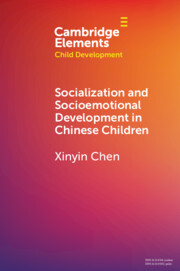In order to investigate the determinants of childhood overweight and obesity in China, the prevalence of overweight (including obesity) was compared according to different dietary and physical activity patterns and parental body weight status. A total of 6826 children aged 7–17 years from the 2002 China National Nutrition and Health Survey were included in the study. Information for dietary intake was collected using three consecutive 24-h recalls by trained interviewers. The amounts of cooking oil and condiments consumed were weighed. An interview-administered 1-year physical activity questionnaire was used to collect physical activity information. The results showed that the heavier the parental body weight, the higher the overweight prevalence in children. The prevalence ratio increased if parent(s) were overweight and/or obese, up to 12·2 if both parents were obese. Overweight children consumed significantly more dietary energy, protein and fat, but less carbohydrate than their normal weight counterparts. On average, overweight children spent 0·5 h less on moderate/vigorous activities and 2·3 h more on low intensity activities per week. The following prevalence ratios were statistically significant: walking to and from school (0·6); moderate/vigorous activities ≥ 45 min/d (0·8); low intensity physical activities >2 h/d (1·3); the consumption of ≥ 25 g/d cooking oil (1·4); ≥ 200 g/d meat and meat products consumption (1·5); ≥ 100 g/d dairy products (1·8). After adjustment for parental body weight status and socioeconomic status, only cooking oil consumption and walking to and from school remained significantly related to child overweight. In conclusion, parental weight status is an important determinant. Fat intake, low intensity activities and active transport to/from school may be suitable entry points for overweight prevention among Chinese school children.
